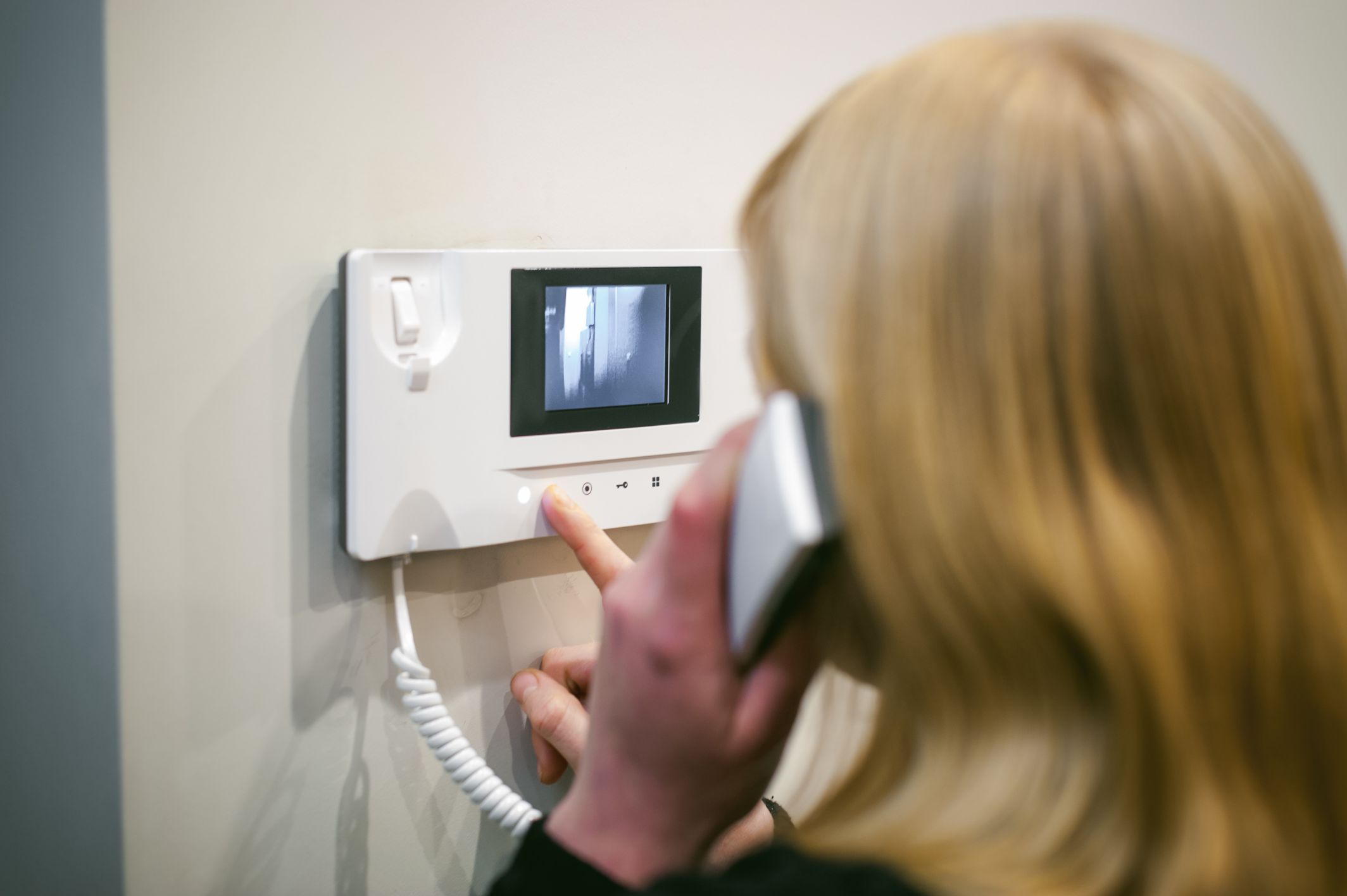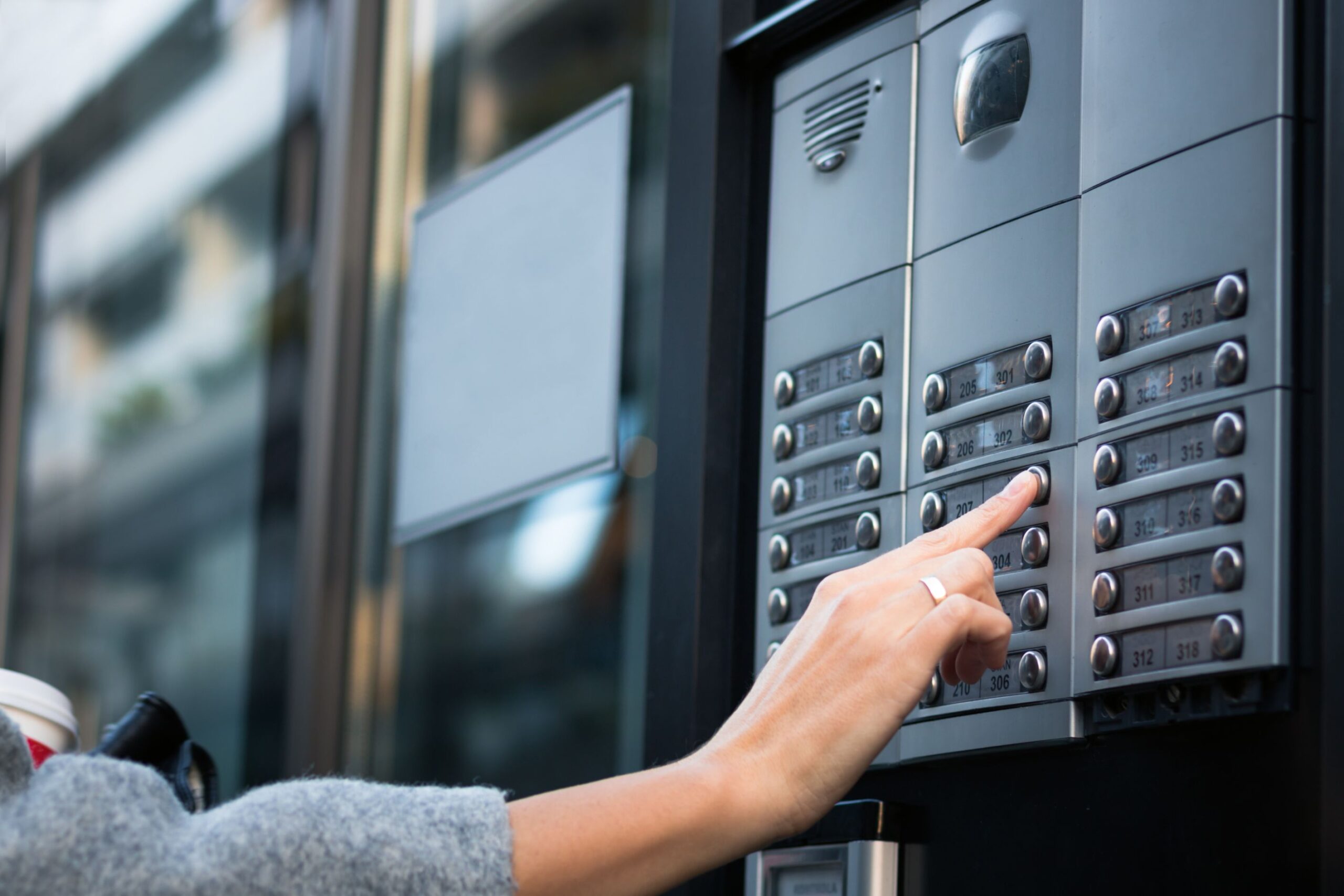How Intercom Systems Work
Intercom systems have come a long way from the simple voice communication devices often found in older apartment buildings. Today, intercom systems are a vital part of communication and security in various settings, including residential, commercial, and industrial spaces. In this article, we will explore how intercom systems work, the technology behind them, and the different types of intercom systems available.

Understanding Intercom Systems
An intercom system, short for “intercommunication system,” allows individuals to communicate with one another over a distance through a two-way communication device. These systems have many applications, from basic home communication to sophisticated security and access control in large facilities.
The essential components of an intercom system include:
- Master Station: The central control unit or panel that initiates communication and can control the system.
- Substation: The individual units located throughout the system, which users interact with to communicate with the master station or other substations.
- Wiring or Wireless Connectivity: The physical or wireless connection facilitates communication between the master station and substations.
How Intercom Systems Work
The operation of intercom systems can vary depending on their type and complexity, but the fundamental principles remain the same:
- Initiating Communication: A user at a substation initiates communication by pressing a button, speaking into a microphone, or signaling.
- Transmission: The user’s message or signal is sent through the wiring or wireless connectivity to the master station.
- Reception and Response: The master station receives the communication, and the user at the master station can respond by listening to the message or communicating back, depending on the system’s capabilities.
- Distribution: In more advanced systems, the message can be distributed to multiple substations or locations, allowing for multi-party communication.
- Control Functions: Many intercom systems offer control functions, such as unlocking doors, activating alarms, or managing access to a building or facility.
Types of Intercom Systems
Intercom systems are available in various types, catering to different needs and applications:
1. Wired Intercom Systems:
- Analog Wired Intercoms: These are traditional intercom systems that use physical wiring for communication. They are often found in older homes and buildings.
- IP (Internet Protocol) Intercoms: These intercom systems communicate using Ethernet or Wi-Fi networks. They offer flexibility and scalability and are common in modern buildings and businesses.
2. Wireless Intercom Systems:
- RF (Radio Frequency) Intercoms: These wireless systems use radio frequencies to transmit and receive signals. They are often used in homes and small businesses.
- Cellular Intercoms: These intercoms use cellular networks for communication, making them suitable for remote locations or where traditional infrastructure is lacking.
3. Video Intercom Systems:
- Video intercom systems combine audio communication with video, allowing users to see and hear each other. They are often used in residential and commercial settings for added security.
4. Access Control Intercoms:
- These systems integrate with access control features, allowing users to verify the identity of visitors and grant or deny access remotely.
Common Applications of Intercom
Intercom systems serve a wide range of applications, including:

- Residential: In homes and apartments for communication between rooms or visitors at the door.
- Commercial: In offices, retail stores, and businesses for internal communication and visitor management.
- Industrial: In factories, warehouses, and manufacturing facilities for safety announcements and worker communication.
- Security: As part of access control, security systems verify visitors’ identity before granting access.
- Healthcare: In hospitals and healthcare facilities, for communication between patients and staff.
- Educational: In schools and universities for communication within and between classrooms.
- Public Spaces: In public transportation hubs, public buildings, and parking facilities for information and assistance.
Intercom systems have evolved from simple voice communication devices to multifaceted communication and security solutions. Their ability to enable real-time, two-way communication, access control, and even video surveillance makes them indispensable in various settings. Understanding how intercom systems work and the multiple types available can help individuals and organizations choose the right solution to meet their needs, whether in residential, commercial, industrial, or security applications.

